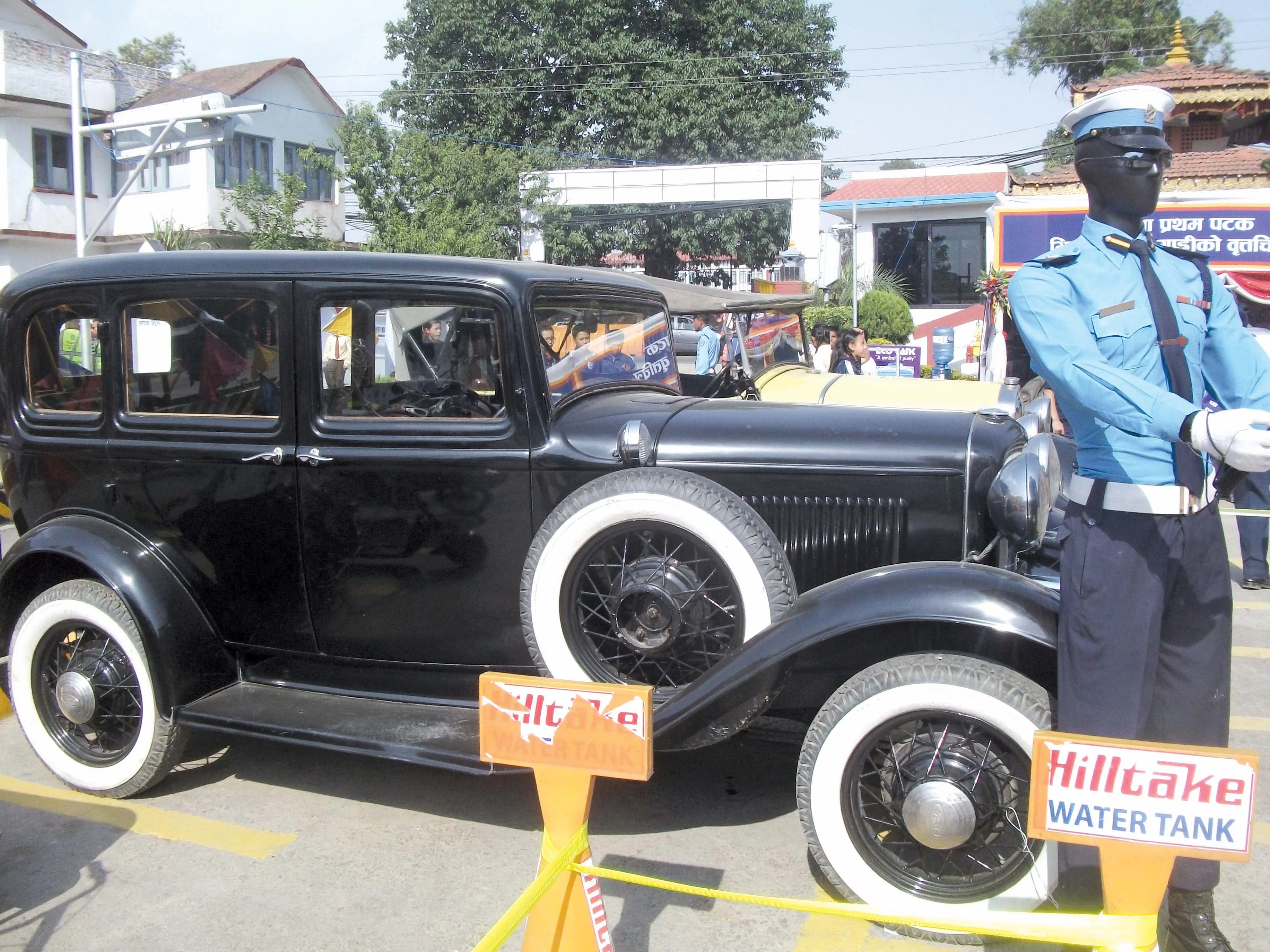
Nepal’s road traffic policing is improving to help tackle safety – information provided by World Highways correspondent Ram Krishna Wagle
The police in Nepal recently held a road safety exhibition, aimed at reducing the casualty rate on the country’s road network. This three-day event was organised by the Metropolitan Traffic Police Division in capital Kathmandu. The exhibition was organised by the Traffic Police with a view to increasing road safety awareness amongst the public. This landmark event was inaugurated by the Police Chief IGP Upendra Kanta Aryal, who urged all road users to take greater care so as to help reduce road casualties. A range of displays were included in the exhibition area, which was open to the general public.
Nepal has a major problem with road safety at present, with vehicle numbers increasing and the fatality rate on the country’s road network also growing. In 1992/1993 there were 42 reported fatalities and 1,945 crashes on Nepal’s roads, including 156 serious crashes. Traffic volumes have grown however and by 1993/1994, there were 83 reported fatalities and 1,987 crashes, although the number of serious crashes had dropped to 145. Overall, the death toll has risen steadily, although 2002/2003 was a particularly bad year, with 180 fatalities and a total of 2,225 crashes, of which 144 were serious. The death rate has stabilised slightly in recent years at 148 for 2011/2012 and 147 for 2012/2013, for total crashes of 5,096 and 4,770 and 396 and 246 serious crashes respectively. The high rates of deaths against comparatively low number of serious crashes in some years reflect incidents where there have been multiple fatalities, such as those involving buses.
Driver education has been identified as key to reducing the toll of serious injuries and deaths in Nepal, with the exhibition intended to highlight many of the risks facing road users of all types.
Motorised traffic in Nepal commenced with the first car being imported in 1901, while the first driving licence was issued in the country in 1921. Vehicle registrations began to be used so as to identify road users from 1954, four years after the country got its first job-specific traffic policeman. Named Ram Dal was given the post of Nepal’s first traffic officer in 1950 while the country first Traffic Police Office was established in Kathmandu in 1952, with traffic policing then being extended beyond the Kathmandu Valley in 1959 with new offices set up at Bhairawa and Birgunj.
Nepal’s Transport Act was released by the authorities in 1963, a move that also included Rules & Traffic Training for road users. Traffic control however remained limited for a period, with the country’s first traffic light being installed in Kathmandu in 1966. To improve operating efficiency, Nepal’s Traffic Police began using hand-held radios in 1977, with police highway patrol efforts commencing in 1986. The New Traffic Act was implemented in 1992 in a bid to further manage vehicle movements and road safety, while the authorities launched the Vehicle Emission Text in 1995, to help tackle environmental concerns over pollution.
Further changes came with the new Vehicle & Transport Management Rules, which were implemented in 1997 while more recently, the Metropolitan Traffic Division set up a website in 2009 with the aim of helping road users and this has been further assisted with broadcasts from the Metro Traffic FM radio station (on 95.6 MHz), which began operating in 2012 to provide regular traffic updates for drivers.






